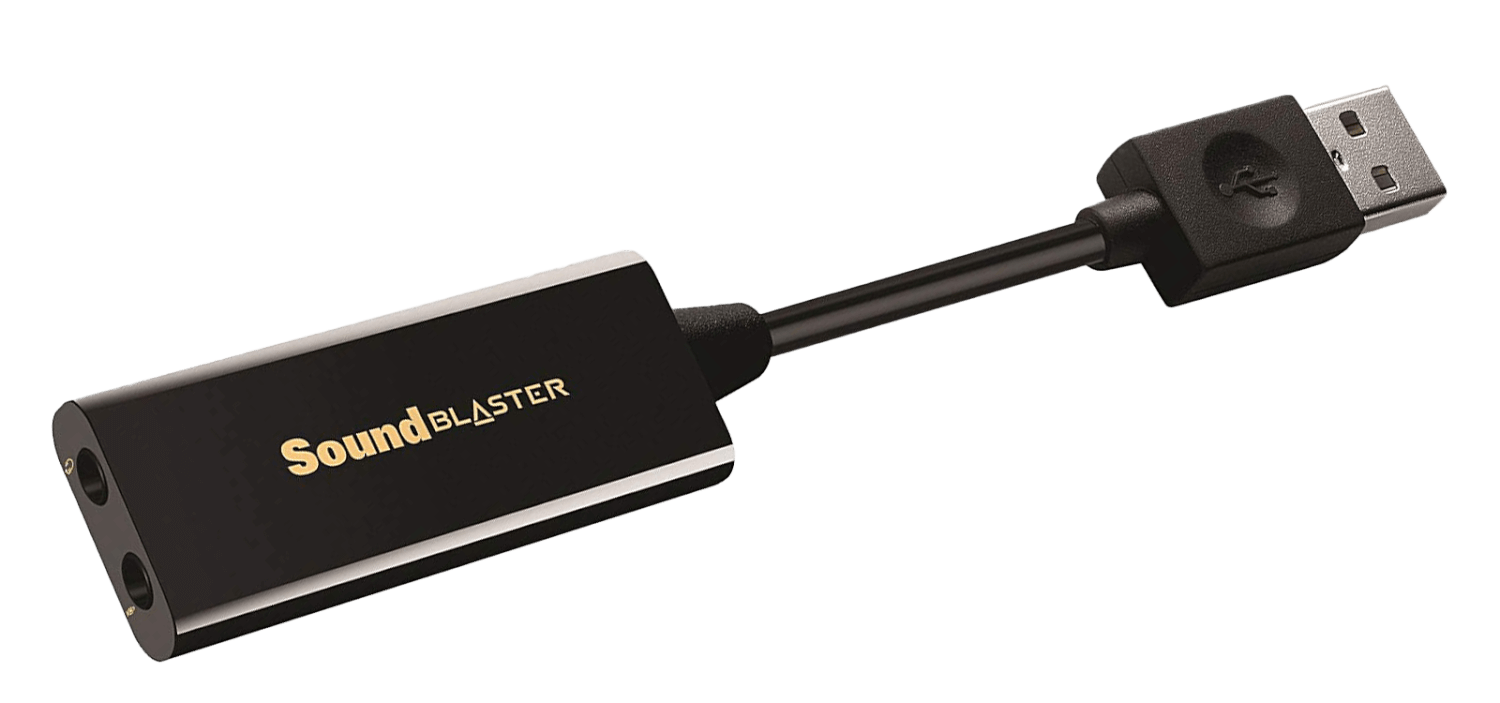DAC
Stands for "Digital-to-Analog Converter."
A DAC is a hardware component that converts a digital signal into an analog signal. Computers and other digital devices manage their data digitally, so connecting one to an analog output device requires a DAC. The most common use for a DAC is to convert a digital audio signal from a computer or other digital device into an analog audio signal for output through speakers and headphones.
Everything that processes digital audio for playback includes a DAC, including internal computer sound cards and external USB audio interfaces, as well as other devices like smartphones and televisions. It converts an incoming digital audio signal (which consists of a stream of 0s and 1s) into an analog signal that consists of an electrical charge, which can be recognized by speaker inputs and converted into sound waves. This signal is either sent to an amplifier to boost its power, or directly to a speaker or headphone connection.
Multiple devices involved in audio playback can include a DAC, but only the device that converts the signal uses its DAC. For example, a laptop computer uses its DAC to convert audio when you play through analog headphones or its built-in speakers. If you connect a set of Bluetooth headphones, the laptop instead sends a fully digital signal over the wireless connection. The headphones include their own built-in DAC that converts the digital audio signal into sound waves through each driver.
Digital audio signals can be transmitted from device to device without any quality loss, but converting a digital signal into an analog one comes with the potential for degradation. Not all DACs are built to the same standard, and differences in circuit design and component quality can affect how accurate the analog signal is. DACs using higher-quality components can produce a cleaner analog signal with less distortion, noise, and interference.
NOTE: Video cards that connect to an analog interface like VGA also use a DAC. A video DAC converts digital image and video signals into an analog signal for display on an analog CRT monitor. Interfaces designed to connect to digital displays don't require a DAC since LCD, LED, and OLED monitors convert the digital signal directly into pixels on the screen.

 Test Your Knowledge
Test Your Knowledge